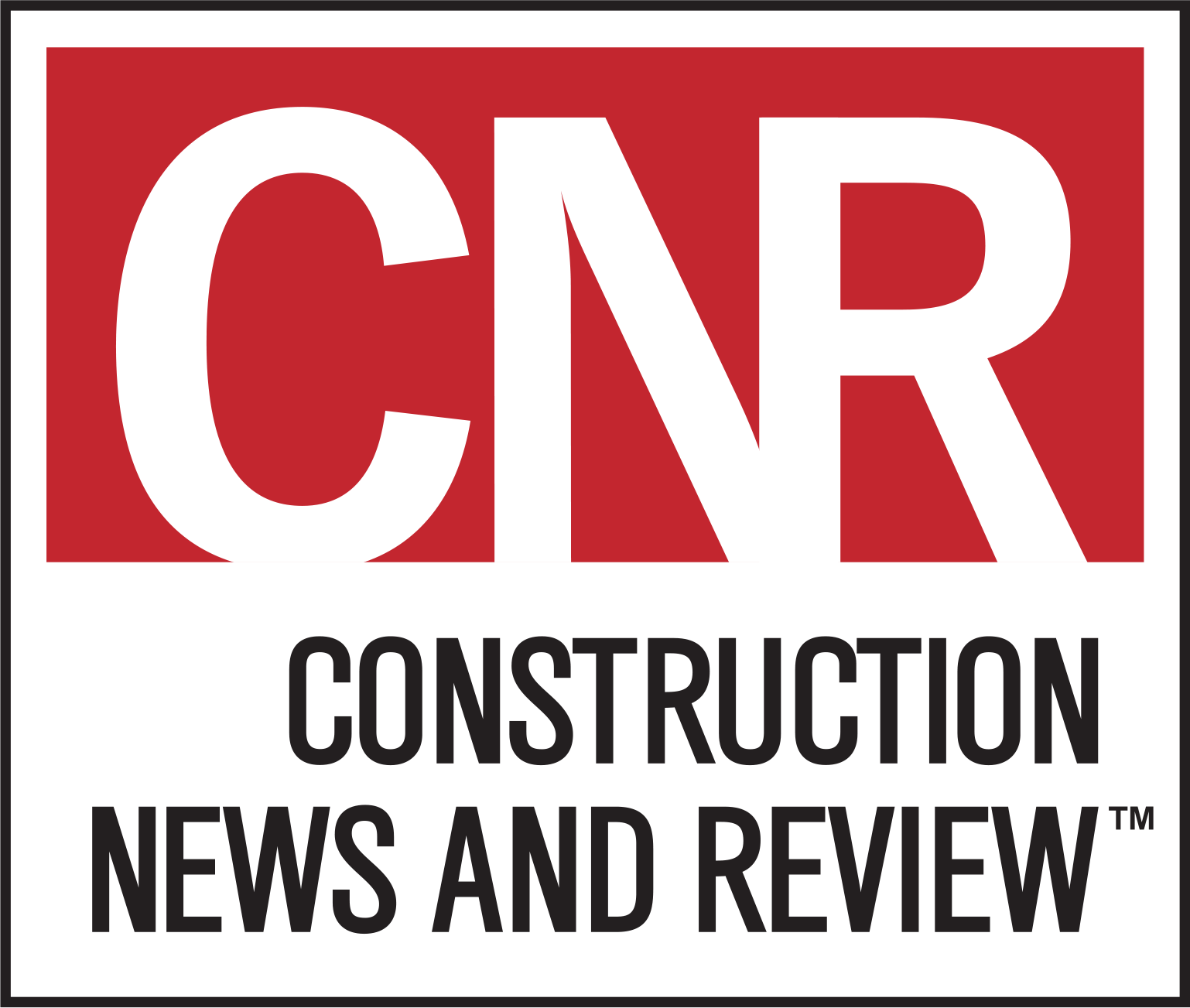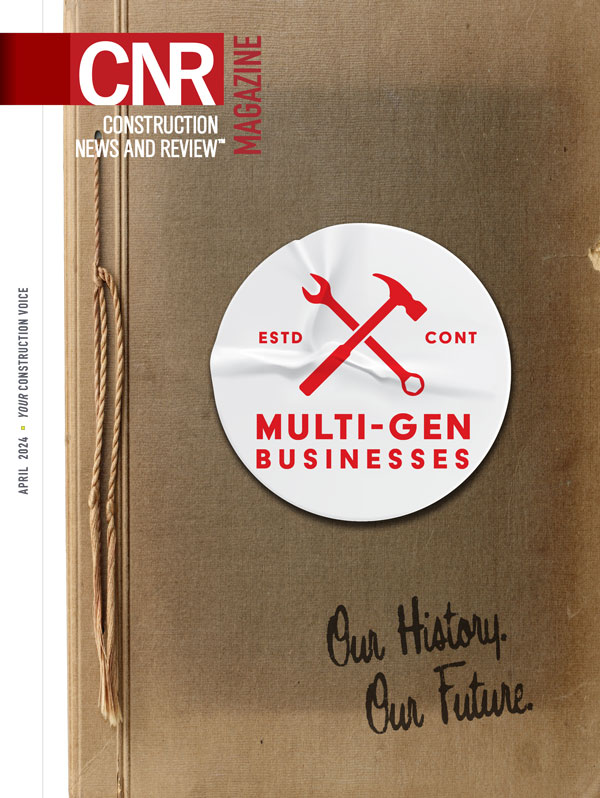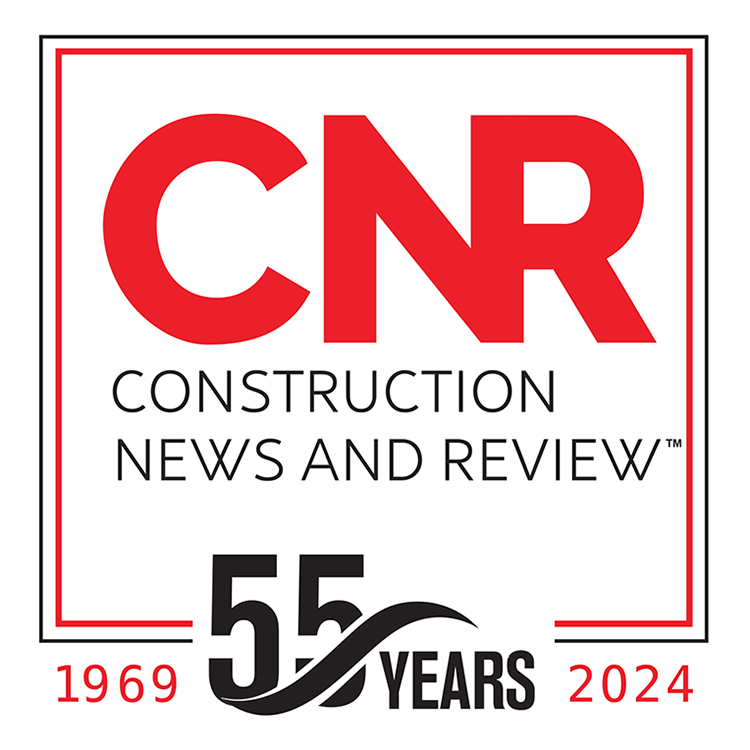Real Estate Development Strategies to Consider in 2024
By MATT MARSH
Part one in a two-part series
We exist in a very interesting time in real estate right now. In no particular order, here are some realities of the current market.
The bull run of the last decade and historically low interest rates deluded a lot of investors into thinking they had real estate figured out, because almost everyone in the space made money. But those who bought at the cycle peak now realize that value appreciation isn’t a given.
The recent industry darlings, Class A industrial and multifamily properties, are facing major challenges. Too many apartments were sold between 2019 and 2022 at historically low cap rates that buyers could make pencil with aggressive rent growth assumptions. Most principals had a similar playbook: Inject some capital into surface-level aesthetic improvements, jack up the rent, plan a refinance at 24-months and exit after a 3- to 5-year hold with an exit cap rate in the 4’s or 5’s. And when you’re refinancing or trying to sell in an environment with double the interest rates, that blows a pro forma up real quick.
It seems clear that the office market is forever changed. Despite all the chatter around forced return to office policies, occupancy rates seem to have plateaued around 60 percent and it’s even worse in some markets and across certain types of office properties.
Maturing debt is a big problem. Most commercial loans have short maturity periods and balloon payments where the property needs to be sold or the debt refinanced. When the value of the underlying asset has fallen, a cash-in refinance or equity infusion is normally required. And when the interest rate is double what it was at acquisition, that monthly debt service payment can become crippling. Now, the alternative to refinancing maturing debt is to sell the property; but if the value of the property has fallen due to market conditions, that obviously results in a sale at loss.
Some markets are overbuilt, especially in multifamily. Inefficiency in the land entitlement, permitting and development process means that the new construction pipeline typically lags the market by 18 to 24 months. The number of new units that have come online in cities like Phoenix, Austin, and Nashville is staggering and aren’t being absorbed well by the market.
Rent growth has stalled across the county for most asset types. To be fair, the growth we saw over the past few years was unsustainable. But when you have a bunch of inexperienced real estate investors out over their skis – buying properties with other people’s money based on exponential rent growth assumptions – you have a recipe for disaster. Developers who were able to finance projects based on projected rent growth in the midst of massive construction cost inflation are also in trouble.
Higher interest rates have forced many would be buyers to the sidelines. Transaction volume slowed substantially to close out 2023, but we are seeing a small uptick as rates have begun to ease slightly. At the same time, there is still quite a bit of available dry powder ready to be deployed; we’ve only seen the M2, which is a measure of the money supply, shrink by 5 percent in 18 months since the start of rate hikes.
And lastly, the supply/demand dislocation still exists. There are more prospective homebuyers than there are available properties on the market. A large proportion of home sales are new builds as owners sitting on 3 percent mortgages don’t want to sell and then be forced to buy in a higher rate environment. That’s why homebuilders remain bullish, especially in areas with population in-migration growth and positive underlying employment fundamentals.
None of these market realities are deal killers for a positive future of real estate, but what has been profitable in the past may not be moving forward.
Matt Marsh is a real estate consultant, developer and founder of Marsh & Partners in Raleigh, N.C.
Fresh Content
Direct to Your Inbox

YOUR RESPECTED INDUSTRY VOICE
Join CNR Magazine today as a Content Partner
As a CNR Content Partner, CNR Magazine promises to support you as you build, design and engineer projects not only in and around St. Louis, but also across the U.S. CNR is equipped and ready to deliver a dynamic digital experience paired with the top-notch, robust print coverage for which you’ve always known and respected the magazine.






